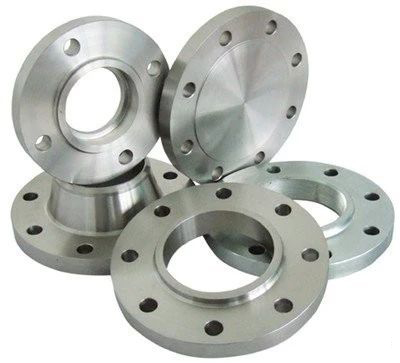Hot processing, mainly forging, rolling and extrusion, is the basic means of production of semi-finished products and products of titanium flange. Because the structure of titanium flange is sensitive to the hairy roots of hot-working tools, it is very important to select and master the technological parameters correctly not only to ensure the dimensional accuracy of the product, but also to the internal quality of the product.

Compared with general metal structure materials, the hot working characteristics of titanium flange are large deformation resistance and narrow deformation temperature range. Titanium with hexagonal crystal structure is not easy to deform. In order to improve the plasticity, it is necessary to heat the metal to the B-phase region above the transformation point for so-called b-processing. However, due to the high tendency of overheating of titanium flange, high temperature heating will cause the sharp growth of B grains, but if the deformation is insufficient, the formation of coarse Widmanstatten structure after cooling will obviously reduce the periodicity and fatigue strength of the alloy, and this overheating structure will be difficult to eliminate in subsequent heat treatment. Therefore, in the current production of products or finished products before fire. The starting temperature of hot working is not required to pass the critical point Tb. Because the deformation resistance of titanium flange is very sensitive to the decrease of deformation temperature or the increase of deformation rate, the stop forging temperature can not be too low. The restriction of these two factors limits the processing temperature range of most titanium flanges to 800-950 C, which is not easy to grasp. However, for ingot billet, the temperature range can be extended to 850-1150 C, and then the temperature will be gradually lowered during subsequent processing.
Titanium flange alloy has poor thermal conductivity. When it is rapidly deformed, the temperature in the center of the workpiece rises rapidly, and it is easy to cause overheating because of the slow heat transfer, while the surface temperature of the workpiece is low, and surface cracks are easy to form. Therefore, attention should be paid to the deformation rate and deformation during the processing.
